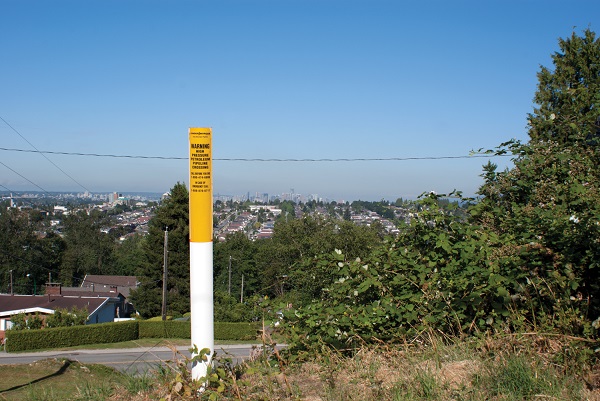June 2018, Vol. 245, No. 6
Features
Improving Your Company’s Safety Culture
By Lars Larsson, Senior Product Manager, Aveva
Pipeline companies have a responsibility to protect the general public and the environment by managing critical infrastructure assets safely. How safe a pipeline is has to do with its equipment, control systems and procedures, as well as with the culture the company operating the pipeline and its employees exude.
Culture is defined as “the set of shared attitudes, values, goals and practices that characterizes an institution or organization,” according to Merriam Webster. This means that the culture of an individual employee is governed by the paradigm he or she operates within. While a company’s culture is often projected externally, it is essentially made up of the company’s common procedures and the values its employees hold.
Safety-Conscious Culture
By definition, a safety-conscious culture reflects each employee’s behavior, as therefore, the company’s behavior toward the outside world. One such safety-conscious behavior is displayed when employees back their cars into parking spots, rather than park with the front in.
Another example of a safety conscious employee is one who uses a guardrail even when conditions don’t indicate it’s needed. Indeed, it might look strange to see a pipeline employee holding onto a guardrail while a walkway in broad daylight. Yet, it shows that the pipeline company is exuding a safety conscious culture, and that the employee is embracing it.
Each of these examples helps illustrate that even the simplest safety procedures are put in place for a reason and should be followed. Ideally, these procedures will become second nature to employees and, in turn, they will develop the same safety paradigm in their personal lives.
It is important to note that an employee whose ideals are different from the company’s paradigm will probably result in friction. Hence, it is especially important for a potential employee to determine if the culture of the company gels with their own paradigm.
So can a pipeline company be perceived as having a good safety culture externally or in public, without actually having it internally? Employees generally reflect the culture of the company, so it would be difficult for a company to create a fake external image as the culture would become quite visible through its employees’ behavior over time.
Start at the Top
It’s no secret that a company’s culture starts at the top, and its management needs to lead by example if they want their employees to embrace a safety-conscious culture. That means everyone, from the CEO down, must follow the same rules for safety to be taken seriously. It also means that companies must be open to hearing ideas on how to improve safety from its staff.
Part of every pipeline employee’s job description is to determine where risks and safety hazards within the processes and procedures can be mitigated. Empowering these employees to take safety to the next level can speak volumes. If a company is not open or willing to hear what employees have to say, they risk operating under a “whistle blower” culture – here employees reach out to the media about their concerns rather than discussing them with management first.
If safety conversations between management and employees are not already taking place, do not be afraid to start the conversation, regardless of your position. Once employees become engaged and start to see that their company is taking safety seriously, they will feel much more secure in their roles.
Keeping Pipelines Safe
In general, pipelines are geographically dispersed. To ensure that the public and the pipeline company know where the actual pipeline is going, signs are used to indicate the pipeline right-of-way (ROW). Their condition can be a literal sign of a company’s safety culture.
To be useful, ROWs signs must be visible and clearly display correct information. If a sign is very worn, standing in an overgrown ROW or has incorrect information, such as an outdated phone number, it sends a public message that the pipeline operator doesn’t take safety seriously enough. For a company that wants to improve its safety culture, a small indicator of this nature may hint that a broader review of safety procedures is in order.
The first step to implementing a safety culture is to evaluate existing procedures to determine what is working well and what should be improved or eliminated. One important step in this process is to ensure that controllers and control rooms are adequately certified.
Despite being the safest way to transport petroleum products over long distances, the public may view pipelines as unsafe when incidents are reported by news media. If an incident occurs that could have been avoided by following best practices, it not only reflects that company’s safety culture, but also affects the public’s perception of the entire industry.
Employees in any industry reflect the culture that is prevalent within the companies where they work. The safety culture of a single pipeline company can significantly influence how the public perceives the safety of the entire industry. P&GJ

Author: Lars Larsson has 22 years of pipeline industry experience and currently serves as senior product manager at Aveva, the engineering and industrial software company. He holds bachelor’s degrees in process automation from Telemark Technical College in Norway and in control engineering from The University of Sheffield, U.K., as well as an MBA from Durham Business School, U.K. He has the certified title Eur-Ing with FEANI for excellence in engineering.






Comments